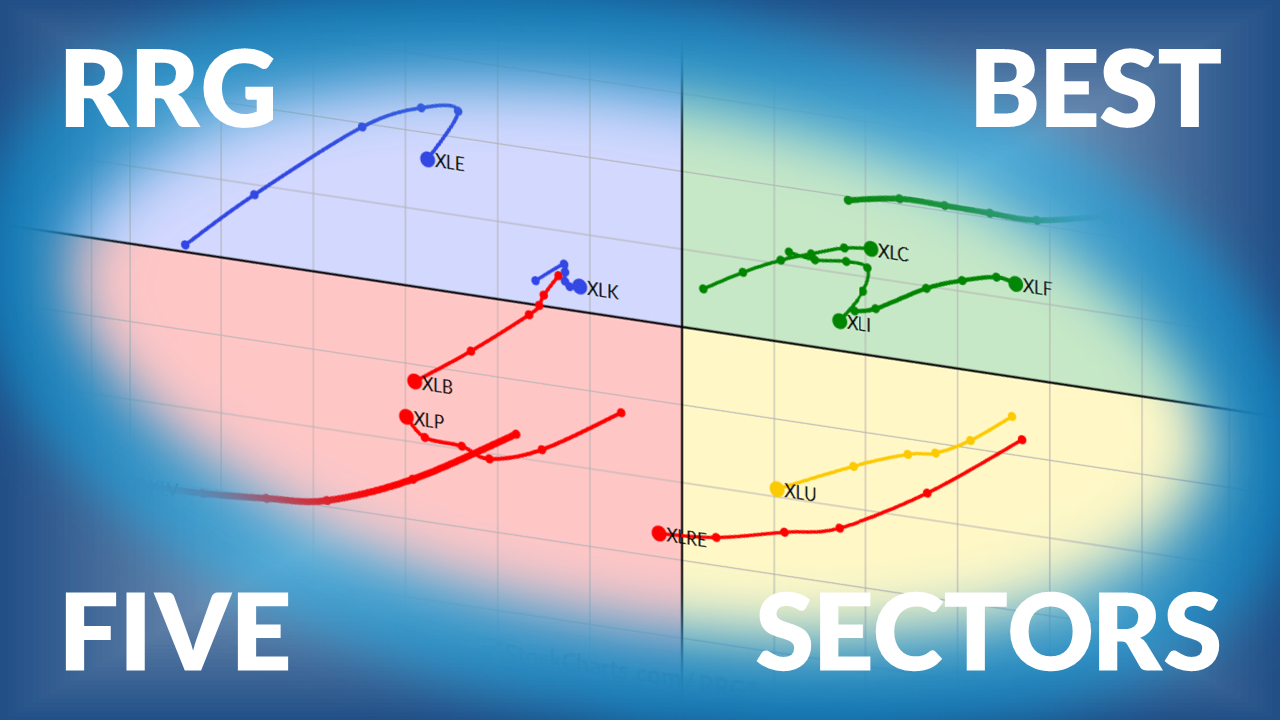A LOT OF NEGATIVE DIVERGENCES STILL EXIST -- MARKET LAGGARDS INCLUDE SMALL CAPS, TRANSPORTS, FINANCIALS, AND CONSUMER DISCRETIONARY STOCKS -- LEADERS ARE LARGE-CAP MULTINATIONALS OR DEFENSIVE STOCKS
BREADTH DIVERGENCES STILL EXIST... One of the problems we deal with in market analysis is that we often get mixed readings from different technical indicators. This is one of those times. I showed on Friday, for example, that weekly MACD lines had turned positive. Earlier in the week, however, I wrote about lack of upside confirmation from the NYSE Advance-Decline line. Some of our readers expressed frustration about the mixed message of those two indicators. [One reader actually suggested that I stop showing conflicting indicators]. I wish I could, but then I wouldn't be doing my job. Here are the facts. Most major market indexes hit new highs last week. And most of technical indicators are back in positive territory. Despite those positive signs, there are still some negative divergences that detract from those positive signs. One of them is the NYSE Advance/Decline line. Chart 1 shows what I'm referring to. The NYAD is rising, but is still below its summer high. When the NYSE Composite Index hits a new high (as it did last week) and the NYAD doesn't, a "negative divergence" is created between the two. I pointed out last Tuesday that the NYAD has hit a new high before the NYSE Index five out of six times since this bull market started in 2003. That doesn't mean the market can't keep rising. It does mean that there are a lot fewer stocks (mainly large caps) that are pulling it higher. [In this past weekend's edition of the StockChart.com Newsletter, Chartwatcher, Carl Swenlin pointed out similar weakness in upside volume and the number of stocks hitting new 52-week highs]. Those divergences detract from the positive signals we're getting in other indicators. That's just the way it is. [To create the $NYAD line in Chart 1, change the chart type to "cumulative"].

Chart 1
POSSIBLE DIVERGENCE ON WEEKLY MACD LINES... Some readers also asked if the recent positive upturn in the weekly MACD lines could eventually lead to a negative divergence on the current rally. Yes, it could. There are several layers of analysis on the weekly MACD lines. The simplest signals are the actual moving average crossings (which coincide with the histogram bars moving above or below the zero line). Seven such signals are shown on Chart 2 over the last two years (for an average duration of 3.4 months). An earlier signal of a change in direction is given when the histogram bars start moving back toward the zero line (as happened in mid-August). A third factor is the actual direction of the MACD lines. During the summer of 2006, and again in the spring of this year, the MACD lines hit new highs along with the S&P 500. At present, the MACD lines are well off those highs. That makes this potentially the weakest intermediate buy signal over the last two years.

Chart 2
WHERE THE DIVERGENCE IS COMING FROM? ... Chart 3 shows where most of the negative divergence in the various breadth indicators is coming from. None have hit new highs. The list of market laggards includes transports, small caps, financials, consumer disretionary stocks (including retailers and homebuilders), and REITs. By contrast, market leaders include basic materials, gold, energy, industrials, consumer staples, healthcare, technology, and telecom. The leaders have several things in common. They're large caps with international exposure (like industrials and technology), are defensive dividend-payers (like consumer staples, healthcare, and telecom), or are tied to rising commodity prices. They're not based on prospects for a strong U.S. economy. Many are based on prospects for a weak U.S. Dollar. In my view, the best way to deal with a situation where part of the market is hitting new highs, and part isn't, is to stick with the list above that's showing superior performance.

Chart 3
P&F CHARTS GAVE BUY SIGNALS DURING SEPTEMBER ... Another reader asked if last Friday's upside breakout in the Dow Industrials at 14100 negated the point & figure sell signals that I wrote about during August. Actually, those sell signals were reversed almost a month ago. My Market Message of September 14 wrote about some impending point & figure buy signals. [A p&f buy signal takes place when the latest x column exceeds a previous x column]. The next three charts are updated versions of those shown in that earlier article (using a box size of 1%). I wrote on Septemer 14 that "the Nasdaq Composite needs a close at 2650 or higher to give a p&f buy signal. For the Dow, a buy would take place at 13553 or higher. The S&P 500 needs a close at 1503 or higher". All three buy signals took place on September 18. That same Market Message also wrote about impending moving average buy signals, and ended with the opinion that "these positive moving average signals would be triggered if and when the point & figure breakouts take place". Even if I hadn't pointed out those upside breakouts, anyone using p&f charts should know how to spot buy signals. Otherwise, there's no sense in using them.

Chart 4

Chart 5

Chart 6
LAGGARDS TEST 200-DAY LINES... One of the keys to the current rally is whether or not market laggards can give convincing evidence of having bottomed. All have been bouncing. But several have yet to clear their 200-day moving averages which is one of the requirements for a major bottom. The next three charts show three market laggards in the process of testing their 200-day lines. They include Retail Holders (Chart 7), the Financials SPDR (Chart 8), and REIT iShares (Chart 9). That's an important test for them and will help determine if the market's breadth problems start to improve or not.

Chart 7

Chart 8

Chart 9








